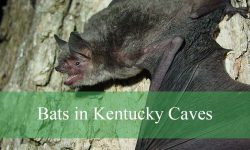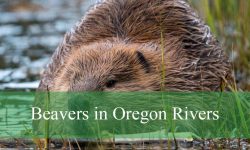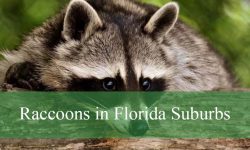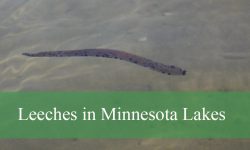If you’re like me and love watching birds with unique features, then birds with crests are some of the most fascinating to observe. Their eye-catching head feathers add personality and charm, making every sighting special. Texas is home to a diverse group of these striking birds, each with its own style and behavior.
Birds with crests in Texas can be found in many habitats—from dense forests to open grasslands and even urban parks. Whether it’s the bright red Northern Cardinal or the sleek Hooded Merganser, these crested birds bring excitement to any birdwatching adventure. Knowing how to identify them and where to look makes spotting them even more rewarding.
In this article, I’ll share 20 birds with crests in Texas, complete with pictures and identification tips. This guide will help you appreciate the beauty and variety of crested birds across the Lone Star State.
Common Birds with Crests Found in Texas
Pyrrhuloxia (Cardinalis sinuatus)
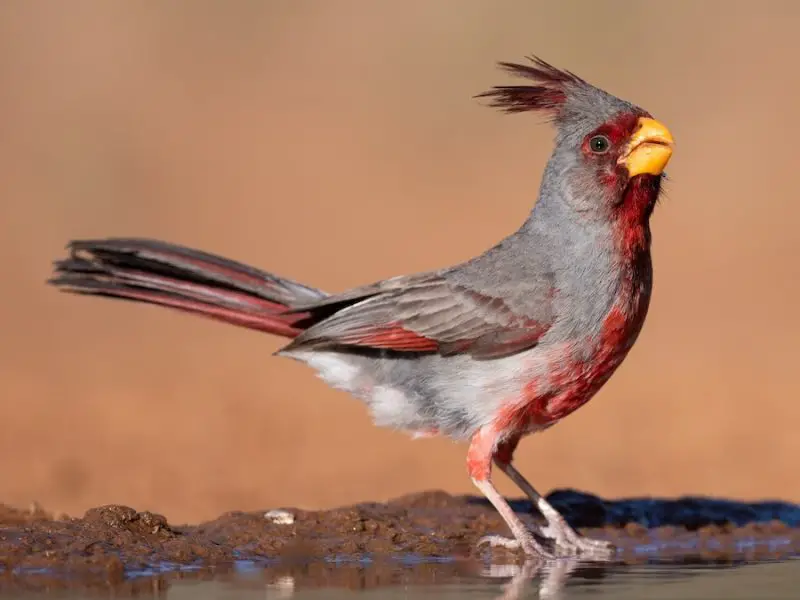
The Pyrrhuloxia, sometimes called the Desert Cardinal, shares a similar shape and size with the Northern Cardinal, averaging 8.3 inches in length. However, it is distinguishable by its gray body, red face, crest, and wing highlights. Males show brighter red markings than females, but both sexes exhibit the species’ trademark sharp, curved beak adapted for cracking tough desert seeds.
This species is well-adapted to arid environments and is often spotted in pairs or small flocks. Pyrrhuloxias feed primarily on seeds and fruits, but during breeding season they also consume insects. Their feeding behavior includes hopping on the ground or in low shrubs, often in dry, open landscapes. They are known for their clear, whistling calls that sound somewhat like those of a Northern Cardinal.
The Pyrrhuloxia is found throughout South and West Texas, especially in brushy deserts and mesquite thickets. Its range includes areas like the Rio Grande Valley and the arid stretches of the Trans-Pecos region. Unlike the Northern Cardinal, the Pyrrhuloxia prefers sparsely vegetated terrain with dry, thorny vegetation.
Cedar Waxwing (Bombycilla cedrorum)

Cedar Waxwings are elegant birds with sleek, silky plumage, a soft brown head fading into gray wings, and a characteristic crest that gently curves backward. A narrow black mask bordered in white runs across their face, and their tails often show a yellow tip. Adults average 6–7 inches in length. The species is named for the red, wax-like tips found on their secondary flight feathers.
Highly social, Cedar Waxwings are often seen in large flocks, especially in winter when they migrate through or overwinter in Texas. Their diet is primarily fruit-based, including berries from cedar, holly, and mistletoe, although they also catch insects in midair during warmer months. Their soft, high-pitched trills are a hallmark of their presence.
In Texas, Cedar Waxwings are most commonly observed during the winter months across the state, especially in wooded areas, parks, and suburban neighborhoods with fruit-bearing trees. They can appear suddenly in great numbers, stripping berry-laden trees before moving on to the next feeding spot. Sightings are frequent in Central and East Texas from December through March.
Northern Cardinal (Cardinalis cardinalis)
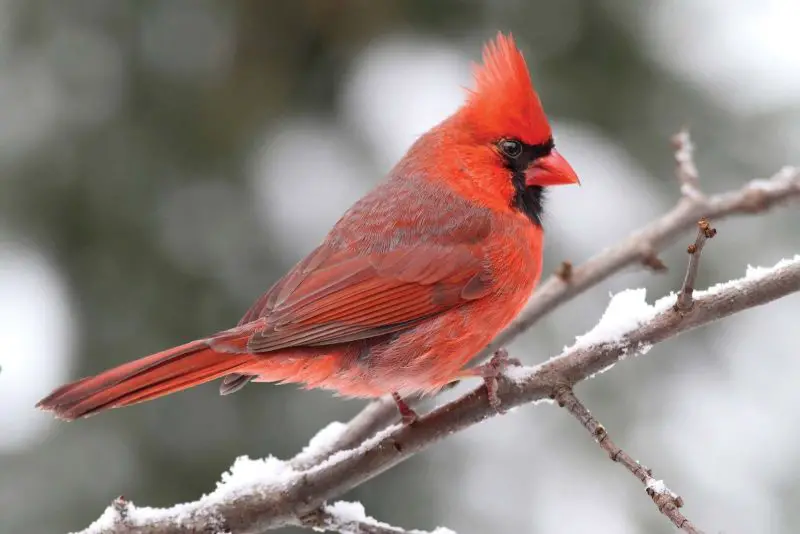
The Northern Cardinal is a striking songbird known for its vivid red plumage in males and warm brown tones in females, both adorned with a prominent crest on the head. This species is medium-sized, measuring about 8–9 inches in length, with a stout orange-red beak that is well adapted for cracking seeds. Its melodious whistles are among the most recognizable bird songs in the southern United States, often heard year-round in Texas neighborhoods and woodlands.
Cardinals are monogamous and territorial, especially during the breeding season. Males sing to defend their space and often feed their mates during courtship. They are mostly ground foragers and feed on a diet of seeds, grains, fruits, and insects. Bird feeders with sunflower seeds often attract these birds, particularly in suburban and rural areas.
Throughout Texas, the Northern Cardinal is a common sight. It thrives in a wide variety of habitats, including woodlands, brushy areas, parks, and gardens. From the piney woods of East Texas to the urban green spaces of cities like Austin and Dallas, cardinals are year-round residents that adapt well to both wild and human-altered environments.
Tufted Titmouse (Baeolophus bicolor)
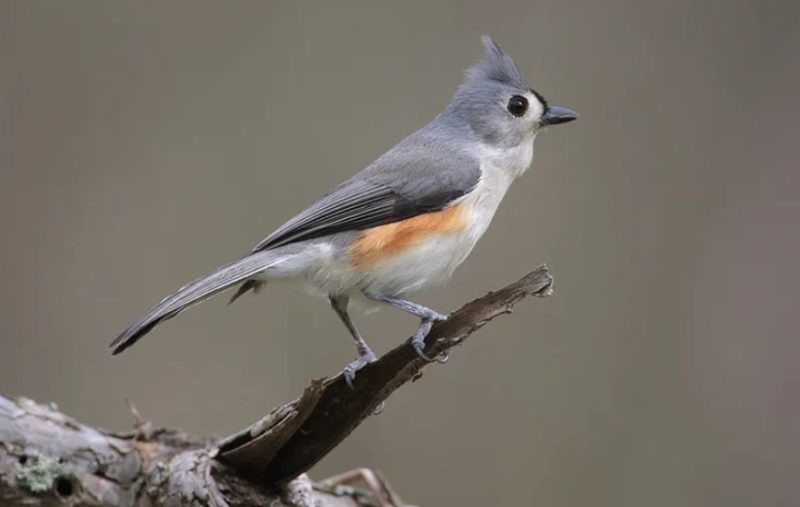
The Tufted Titmouse is a small songbird with soft gray upperparts, a pale belly, and a prominent pointed crest. Its black forehead and large, dark eyes give it an expressive appearance. Adults typically measure about 5.5–6.3 inches in length. Their high-pitched whistled calls—often described as “peter-peter-peter”—make them easy to detect even when hidden in foliage.
These birds are agile and social, often seen in mixed-species flocks during the non-breeding season. They forage actively in trees and shrubs, flipping leaves and probing bark crevices for insects, seeds, and nuts. Tufted Titmice readily visit bird feeders, especially those offering sunflower seeds, suet, or peanuts.
In Texas, the Tufted Titmouse is primarily found in the eastern portion of the state where deciduous and mixed forests provide ample habitat. It prefers mature woodlands and wooded suburbs and is a familiar presence in nature parks and backyard habitats from the Piney Woods region to suburban Houston.
Pileated Woodpecker (Dryocopus pileatus)

The Pileated Woodpecker is the largest woodpecker species in North America, measuring 16–19 inches long with an impressive wingspan of nearly 30 inches. It is instantly recognizable by its bold black-and-white plumage and a brilliant red crest atop its head. Both sexes have the red crest, but males also sport a red stripe on the cheek. Its loud, hammering drumming and sharp “kuk-kuk-kuk” calls echo through the forest.
This woodpecker is known for chiseling large, rectangular holes in dead or dying trees in search of carpenter ants, beetle larvae, and other insects. It also eats berries and nuts and sometimes visits suet feeders in more wooded suburban areas. Pileated Woodpeckers are territorial and usually travel in pairs or alone, seldom forming flocks.
In Texas, the Pileated Woodpecker is mostly found in the eastern third of the state, particularly in mature hardwood forests and riverbottom woodlands. Places like the Big Thicket National Preserve and the forests around the Sabine and Neches Rivers provide ideal habitat. It requires large tracts of forest with plenty of dead wood for nesting and foraging.
Steller’s Jay (Cyanocitta stelleri)
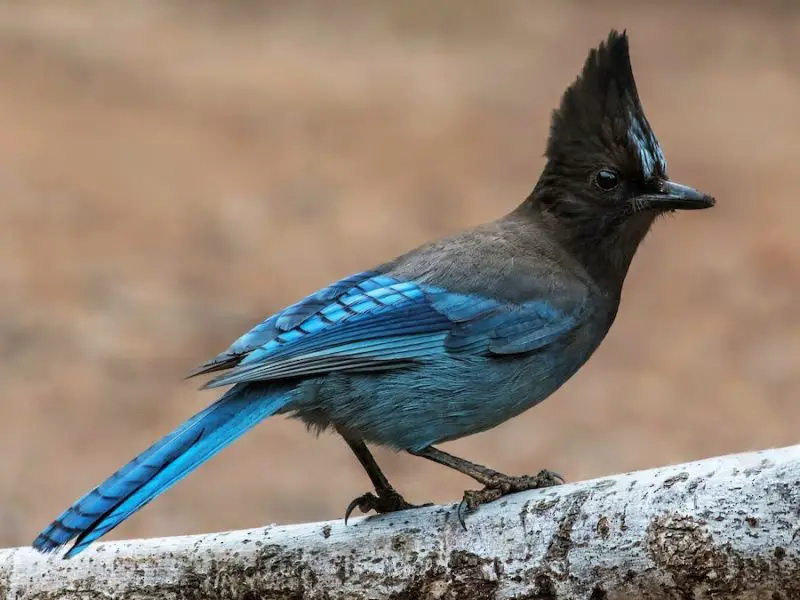
The Steller’s Jay is a striking bird with a deep blue body and a contrasting black head, shoulders, and tall pointed crest. Measuring about 11–13 inches in length, this jay has a long tail and strong bill, making it one of the most conspicuous birds in its mountain habitat. The crest is often raised when the bird is excited or alarmed, adding to its expressive appearance. Steller’s Jays are known for their bold personalities and loud, raspy calls.
These jays are highly intelligent and opportunistic, feeding on a variety of foods such as acorns, seeds, berries, insects, small animals, and even food scraps near campsites. They are frequent visitors to feeders in forested areas and can mimic the calls of other birds and animals. Their behavior is both curious and assertive, and they often travel in pairs or small groups.
In Texas, Steller’s Jays are confined to the Trans-Pecos mountain regions of far West Texas. They are typically found in pine-oak forests at higher elevations, especially in areas like the Davis Mountains and Guadalupe Mountains. These birds are permanent residents in these isolated habitats and are rarely seen elsewhere in the state.
Great Crested Flycatcher (Myiarchus crinitus)

The Great Crested Flycatcher is a medium-sized songbird with an olive-brown back, bright yellow belly, gray throat, and a slightly shaggy crest. It typically measures 7–9 inches in length. Its large head and bushy crest give it a distinctive profile, and its voice is equally notable—a loud, rolling “wheep!” call that is easily heard in the forest canopy.
This flycatcher is a cavity nester, often choosing old woodpecker holes or nest boxes in wooded environments. It forages primarily in the upper levels of trees, sallying out to catch flying insects mid-air or gleaning caterpillars and beetles from leaves. It also eats fruits, especially during late summer. Pairs are territorial during the breeding season and remain relatively hidden in dense foliage.
In Texas, the Great Crested Flycatcher is a summer breeding bird found mainly in East Texas. It prefers mature deciduous and mixed forests with tall trees and open understory. Its range extends into wooded suburbs and parks, particularly in areas like the Big Thicket and around the Sabine River basin, arriving in spring and departing by early fall.
Crested Caracara (Caracara plancus)
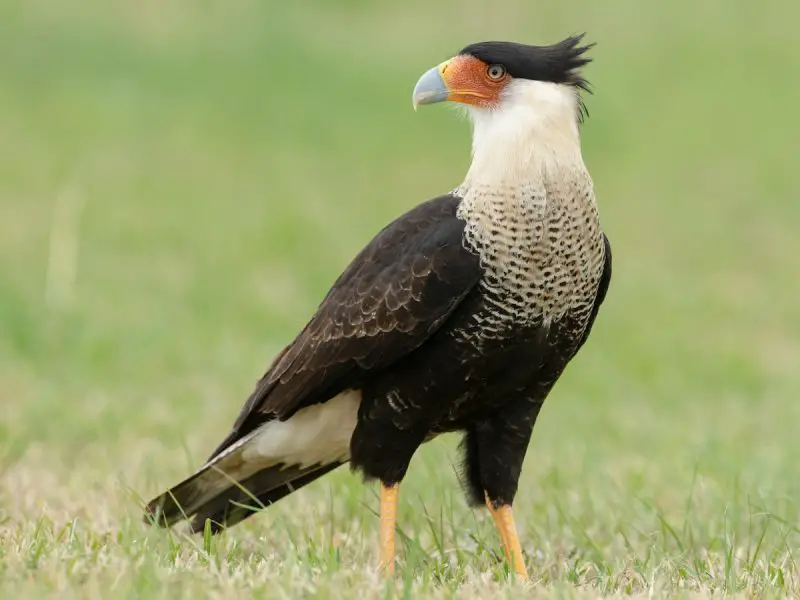
The Crested Caracara is a large, striking raptor with a noticeable crest and an orange bare face that contrasts with its black cap and dark upper body. It has white on the neck, tail, and wingtips, making it unmistakable in flight. Adults can reach up to 23 inches in length with broad wings and a powerful hooked bill. Though technically a member of the falcon family, it behaves more like a vulture, often seen scavenging.
Caracaras are opportunistic feeders that consume carrion, reptiles, amphibians, insects, and small mammals. They are frequently spotted walking on the ground or perched on fence posts, often in open areas. While they can fly well, they often prefer to feed on roadkill or accompany vultures at carcasses. Their behavior is slow and deliberate compared to other falcons.
In Texas, Crested Caracaras are common year-round residents in South and Central Texas, especially in open grasslands, savannas, and ranchlands. Their range includes areas like the Rio Grande Valley, the Hill Country, and coastal plains. They are also found near agricultural fields and along highways, where carrion is readily available.
Vermilion Flycatcher (Pyrocephalus obscurus)
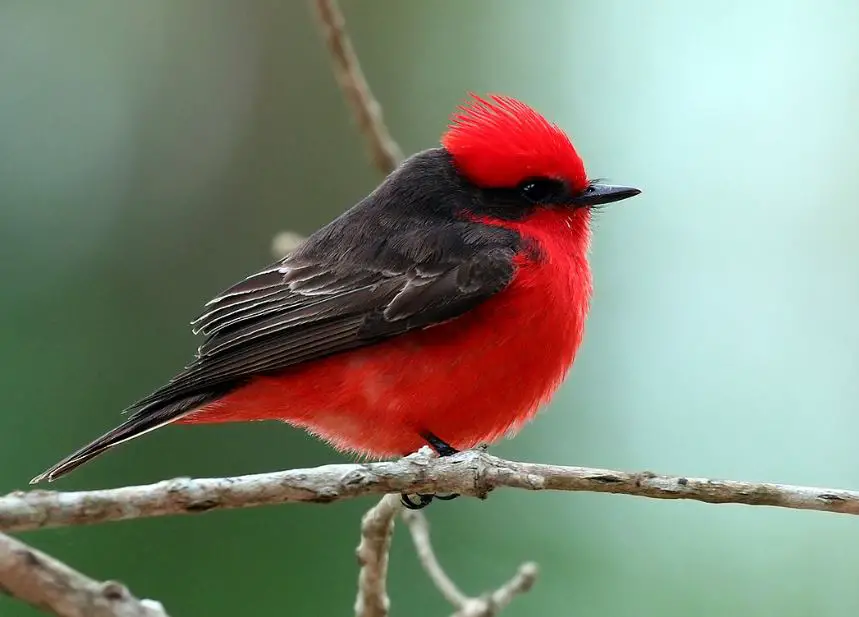
The Vermilion Flycatcher is a small, brightly colored bird best known for the male’s vivid scarlet-red body and dark brown wings and back. It has a short crest that is sometimes raised during displays. Females are more subdued, with grayish plumage and pale reddish wash on the belly. Adults are compact, measuring around 5–6 inches in length. Males are especially eye-catching when perched in open areas.
This flycatcher is most active during the early morning and late afternoon, when it perches conspicuously and makes short flights to snatch insects mid-air. It also forages by hovering or gleaning from foliage. During courtship, males perform fluttering display flights while singing a soft, trilling song. The species is monogamous and nests in low shrubs or trees.
In Texas, the Vermilion Flycatcher is commonly found in South and West Texas, particularly in open scrublands, ranchlands, desert edges, and riparian corridors. It is a year-round resident in the southern parts of its range and a seasonal visitor farther north. Common sites include the Lower Rio Grande Valley and arid areas around El Paso and Big Bend.
Blue Jay (Cyanocitta cristata)

The Blue Jay is a large, intelligent songbird easily recognized by its vibrant blue plumage, white chest, and black necklace. One of its most striking features is its tall, pointed blue crest, which it raises or flattens depending on mood or excitement. Measuring 9–12 inches in length, Blue Jays are among the loudest and most conspicuous birds in Texas woodlands, often giving a variety of calls including harsh “jay-jay” notes and musical whistles.
Highly adaptable, Blue Jays are known for their complex social behavior and problem-solving skills. They are omnivores, feeding on insects, seeds, nuts, fruits, and occasionally eggs or nestlings. They often visit feeders and are particularly fond of peanuts and sunflower seeds. Blue Jays are also known for caching food for later use, demonstrating strong memory skills.
In Texas, Blue Jays are commonly found throughout East and Central Texas, favoring forests, parks, and suburban areas with mature trees. They are year-round residents and often stay close to where they were born. You can spot them in places like the Piney Woods region, Austin’s greenbelts, or neighborhood backyards filled with oaks and pecans.
Hooded Merganser (Lophodytes cucullatus)
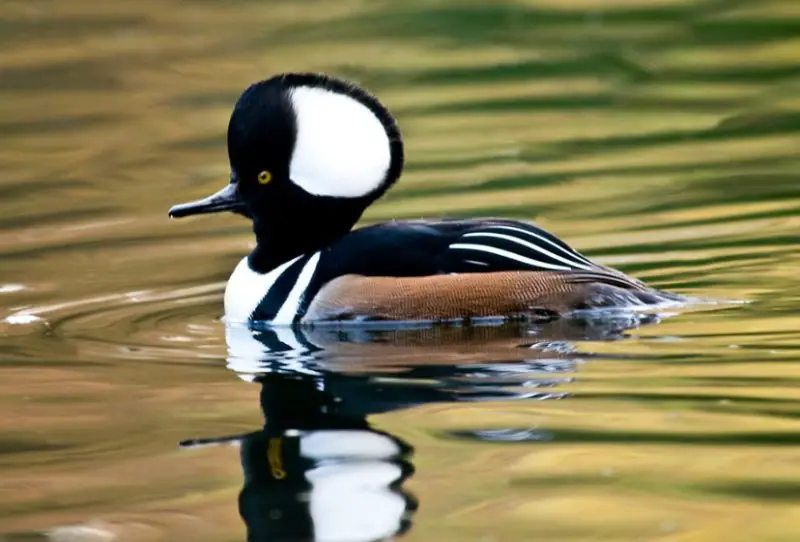
The Hooded Merganser is a small, striking duck known for its inflatable crest that forms a large, rounded hood. Males display a bold white crest bordered with black, while females have a cinnamon-brown crest. These ducks measure about 16–19 inches long and have thin, serrated bills suited for catching slippery prey. In flight, they are fast and agile, but they are most often seen swimming quietly in freshwater habitats.
Hooded Mergansers are diving ducks, feeding primarily on small fish, aquatic insects, and crustaceans. They forage underwater by sight, using their specialized bills to grip prey. These birds are typically shy and secretive, preferring quiet ponds, wooded swamps, and backwater sloughs. During courtship, males perform impressive displays, raising their crests and making frog-like croaks.
In Texas, Hooded Mergansers are winter migrants, arriving in late fall and staying through early spring. They are most commonly observed in the eastern and central parts of the state in wooded freshwater lakes, rivers, and wetlands. Birdwatchers often find them in nature preserves, such as those near Houston or along the Trinity River basin.
Golden-crowned Kinglet (Regulus satrapa)

The Golden-crowned Kinglet is a tiny, energetic songbird with olive-gray plumage and a bright yellow or orange crown stripe flanked by black. Males often raise this crown into a small crest when excited or agitated. Measuring just 3.5–4.3 inches long, this species is one of the smallest birds found in Texas. Despite their size, their high-pitched “tsee” calls can be heard as they flit quickly through tree branches.
Golden-crowned Kinglets feed mainly on insects and spiders, gleaning them from foliage and bark. They are constantly on the move, even in cold weather, and often travel in small flocks. These birds are surprisingly hardy and can survive in frigid conditions thanks to their high metabolism and dense plumage.
In Texas, Golden-crowned Kinglets are winter visitors, most common in East and Central Texas. They prefer coniferous or mixed forests but can also be found in city parks and wooded neighborhoods with large pines or cedars. Birdwatchers are most likely to see them between November and March as they migrate south from Canada and the northern U.S.
Ruby-crowned Kinglet (Regulus calendula)
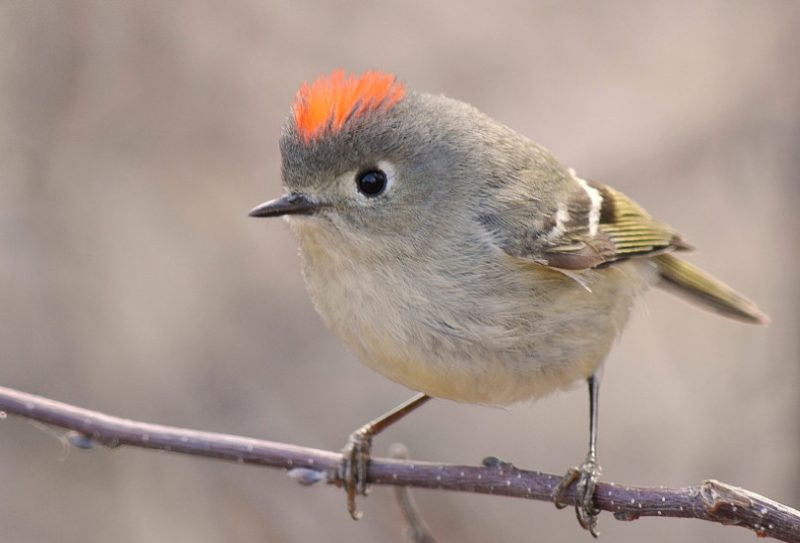
The Ruby-crowned Kinglet is another tiny bird similar in shape and size to the Golden-crowned Kinglet, but with olive-green plumage and a hidden ruby-red crest found only in males. This crest is usually concealed but may be briefly raised when the bird is agitated, revealing a brilliant flash of color. Adults are about 4 inches long and incredibly active, often flicking their wings as they move through foliage.
These kinglets are insectivores, feeding on small insects, spiders, and sometimes berries. They hover and glean food from leaves and twigs and are often seen alone or mixed with other small songbirds. Though quiet most of the year, males sing a surprisingly loud and complex song during spring migration and breeding season.
Ruby-crowned Kinglets are among the most common wintering songbirds in Texas. They are widespread across the state from October through March, appearing in woodlands, thickets, gardens, and urban parks. Their adaptability makes them easy to spot across regions—from pine forests in the east to scrubby areas in Central and South Texas.
Phainopepla (Phainopepla nitens)
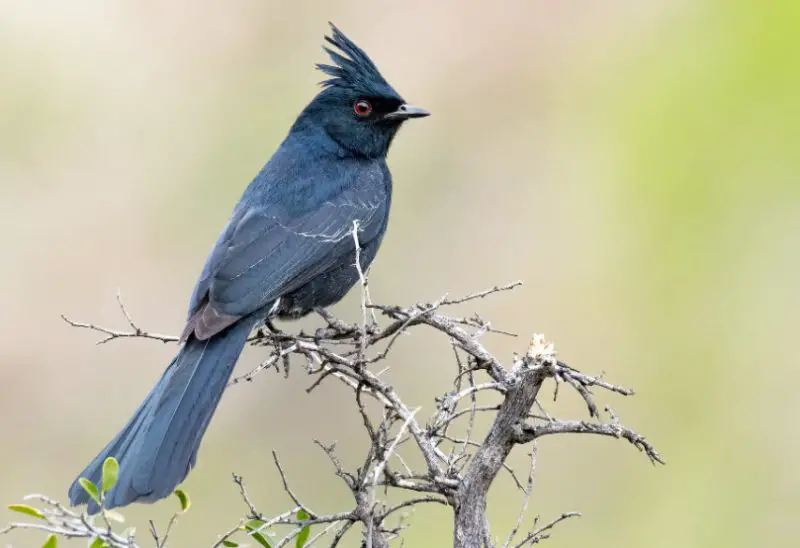
The Phainopepla is a slender, crested bird with glossy black plumage in males and pale gray in females. Its long tail, bright red eyes, and tall pointed crest give it an elegant, distinctive look. Measuring about 7–8 inches in length, it is often mistaken for a cardinal at a distance due to its silhouette. When perched on desert shrubs, its smooth whistled calls stand out clearly in the dry landscape.
Phainopeplas feed mostly on berries, especially desert mistletoe, and supplement their diet with insects. They are known for their agile fly-catching behavior and for returning repeatedly to the same perches. During the breeding season, they defend territories and nest in desert shrubs or mesquite trees, often in small colonies if food is abundant.
In Texas, Phainopeplas are found primarily in West Texas, especially in desert areas with a good supply of mistletoe or other berry-producing plants. Their range includes parts of the Trans-Pecos region, such as Big Bend and the Chihuahuan Desert. While not abundant, they are locally common where their specific food plants thrive.
Gambel’s Quail (Callipepla gambelii)
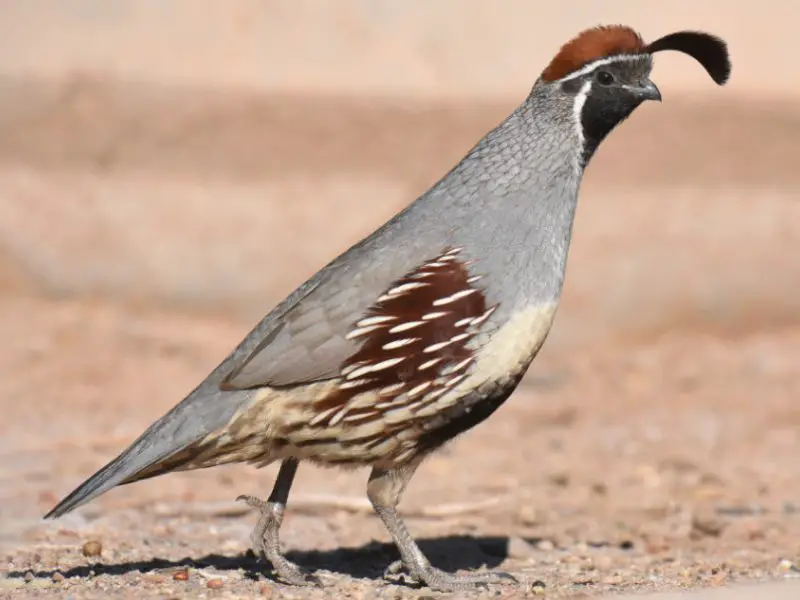
Gambel’s Quail is a plump, ground-dwelling bird with a unique forward-curving topknot of feathers on its forehead, giving it a striking appearance. Males are easily identified by their gray plumage, black faces, and chestnut caps, while females are plainer in color but also sport the signature head plume. Measuring around 9–11 inches in length, they are more often seen running through brush than flying.
These quail are highly social and usually travel in coveys of up to 20 individuals. They forage on the ground for seeds, fruits, and insects, using their strong legs to scratch at soil and leaf litter. During the breeding season, males call out with a distinctive “ka-KAA-ka” sound and defend small territories. Their nests are hidden in shallow depressions under shrubs or grass.
In Texas, Gambel’s Quail inhabit the far western desert regions, particularly near the border with New Mexico. They are most commonly seen in the Trans-Pecos area, especially in dry desert scrub and mesquite flats. Their presence is often associated with arid habitats where cactus, yucca, and thorny brush provide cover and food.
Green Heron (Butorides virescens)
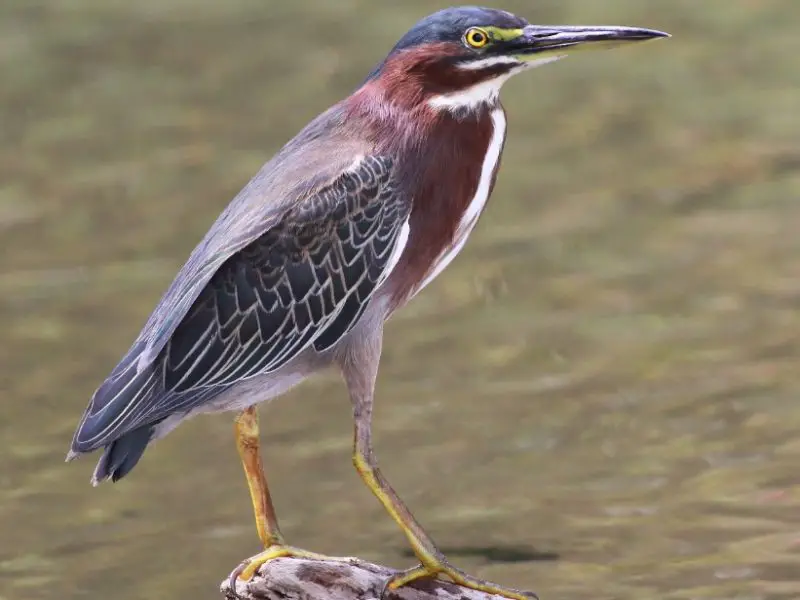
The Green Heron is a small, stocky wading bird with a dark, iridescent crest that can be raised when the bird is alarmed or displaying. Adults measure about 16–18 inches in length and have a rich chestnut neck, dark greenish-black cap, and bright yellow legs. They often remain motionless at the water’s edge, waiting patiently before striking swiftly at prey.
Highly intelligent, Green Herons are among the few bird species known to use tools. They sometimes drop insects or twigs on the water’s surface to lure fish within striking range. Their diet consists mainly of small fish, amphibians, insects, and crustaceans. They are solitary hunters, often found in quiet, secluded wetlands.
In Texas, Green Herons are widespread, especially during spring and summer. They inhabit freshwater environments such as ponds, lakes, marshes, canals, and forested streams across much of the state. From East Texas swamps to Central Texas reservoirs and even urban park ponds, these birds are a familiar sight near calm, fish-rich waters.
Belted Kingfisher (Megaceryle alcyon)

The Belted Kingfisher is a stocky, blue-gray bird with a prominent, spiky crest and a loud rattling call. It measures around 11–13 inches in length and has a large head, straight bill, and a shaggy crest that often appears windblown. Males and females both have blue-gray upperparts and white underparts, but females sport an extra chestnut band across the belly, making them more colorful.
This bird is a skilled fisher, often seen perched over rivers, lakes, or ponds before diving headfirst into the water to catch fish. It feeds primarily on small fish but also eats amphibians and aquatic insects. Belted Kingfishers are territorial and often return to the same stretch of water, where they dig burrows in sandy banks for nesting.
In Texas, Belted Kingfishers can be found year-round in some areas, especially along rivers and reservoirs in Central and East Texas. In other regions, they are more commonly seen during the winter months. Their distinctive rattling calls and rapid, low flight over water make them easy to identify along watercourses and lakeshores across the state.
Wood Duck (Aix sponsa)
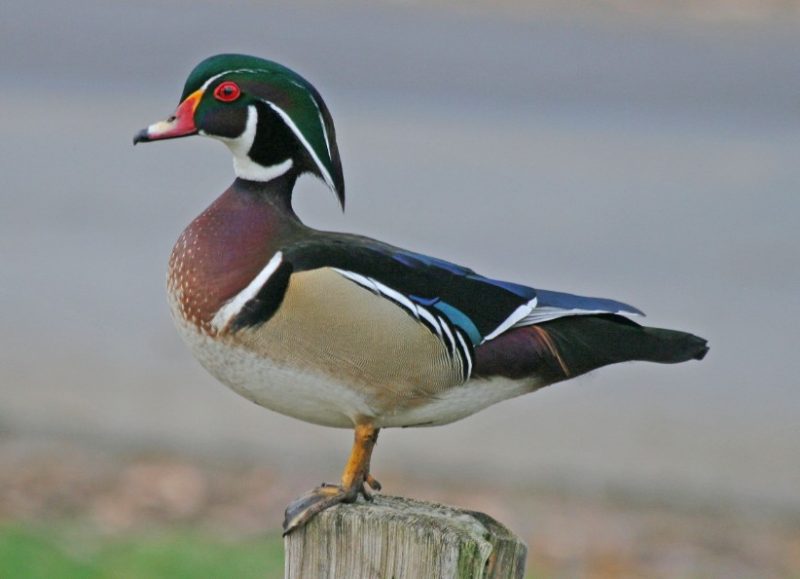
The Wood Duck is one of the most visually stunning waterfowl in North America. The male sports an iridescent green and purple head, bright red eyes, and a long, slick crest that flares outward like a pompadour. Females are more subdued in color but still possess the same elegant head shape. Measuring 18–21 inches long, this duck is uniquely adapted to nesting in tree cavities near water.
Wood Ducks are dabbling feeders, eating a varied diet of aquatic plants, seeds, insects, and small crustaceans. They are known for their strong flight and distinctive whistling calls. During the breeding season, females lead ducklings from nest cavities—sometimes high above ground—directly to nearby water. They are among the few duck species that regularly nest in trees.
In Texas, Wood Ducks are found throughout much of East and South Texas, especially in wooded wetlands, swamps, bayous, and flooded forests. They are present year-round in suitable habitats like the Big Thicket, the Lower Trinity River valley, and forested lakesides, especially where tree cover and calm waters are available.
Great Horned Owl (Bubo virginianus)
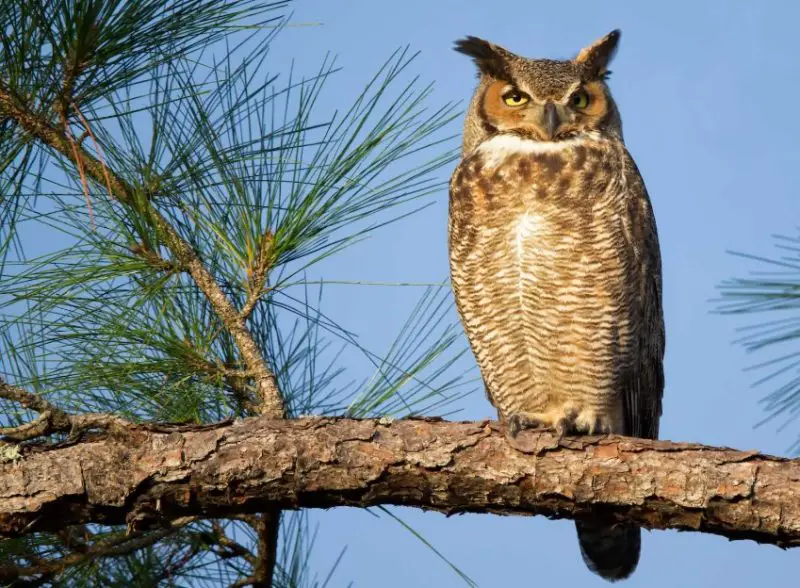
The Great Horned Owl is a powerful, broad-winged raptor with large ear tufts—feathered “horns” that resemble a crest. Despite not being a true crest, these tufts are often raised and contribute to its fierce, iconic look. Measuring 18–25 inches in length with a wingspan of up to 5 feet, this owl is one of the largest in Texas and has bright yellow eyes and mottled brown plumage that offers excellent camouflage.
A skilled nocturnal predator, the Great Horned Owl hunts from dusk to dawn, feeding on a wide variety of prey including rabbits, rodents, birds, reptiles, and even skunks. It uses its silent flight and powerful talons to ambush prey with incredible efficiency. This owl is also highly territorial and vocal, known for its deep, resonant “hoo-hoo-hoooo” call.
Great Horned Owls are widespread throughout Texas, occupying nearly every habitat type from deep forests to open plains and even urban parks. They nest in abandoned hawk or crow nests, cliff ledges, or tree cavities. Whether in the pine woods of East Texas, the brushlands of South Texas, or suburban neighborhoods in the Hill Country, this adaptable owl is a year-round resident and a top predator in its environment.


